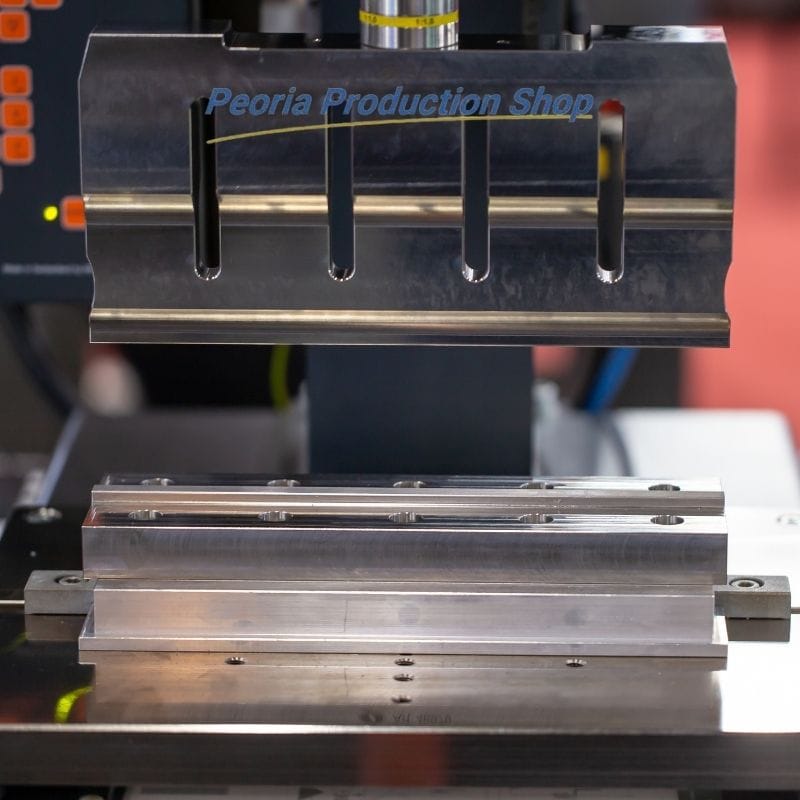
The flexible packaging industry continues to increase as the need for packaging of products is one of the most vital components in fast-moving market sectors such as food and beverage, consumer goods, pharmaceuticals and more. Packaging preserves and protects products and also provides valuable communication and marketing for companies and their brands. Flexible packaging is also increasing due to consumer demand for sustainable products and with paper, cardboard or plastic packaging, the new mantra is less is more.
As companies meet increasing e-commerce demands, packaging and sealing of their products throughout the product life cycle is critical. Choosing the right type of sealing method to protect your product in a pouch or mylar bag is an important decision. An experienced flexible packaging company can help you determine which sealing method is best for your products and application needs.
Choosing the right sealing method depends on a number of variables such as the specific requirements for a particular item, barrier properties, FDA requirements, sealing strength required, volume and capacity. Knowing the difference between heat sealing and cold sealing can help you decide what is best for your packaging needs.
Heat Sealing for Flexible Packaging
Heat sealing is commonly used in the flex packaging industry and is preferred when maintaining integrity seals is critical. Heat sealing is an economical sealing method that provides high quality packaging sealing solutions. The three most important considerations when heat sealing include:
-
-
- Heat temperature of adhesive and sealing surfaces
- Dwelling time that the machine is in contact with the sealing material
- Pressure applied by the heat sealing equipment
-
Heat sealing is permanently adhered while pressure is applied during the cooling process. Heat sealing can provide a good appearance with high-quality, tamper-evident and cost-effective sealing solutions although may not be ideal for all sealing situations.
Sealing products like chocolate, for example, or other heat sensitive materials may require a cold sealing process, although heat sealing is quite popular for many food and beverage product pouches in many shapes and sizes.
Cold Sealing for Flexible Packaging
Cold sealing, also referred to as self-sealing, is the preferred method for sealing packages which are temperature sensitive such as ice cream or confectionery items as well as certain pharmaceuticals or medical packaging. Self-sealing only requires pressure without the need for heat. Two films are involved, one provides a barrier to the product while the exterior is printed with the product brand information.
When choosing cold sealing options for packaging, companies can choose from a variation in bond strength from low to high, depending on the product requirements. One of the greatest advantages of using a cold, self-sealing process is the time savings over heat sealing, allowing for a much faster cycle time.
One downside to cold sealing is that it usually provides less chemical resistance and may not meet FDA requirements, depending on the product and packaging requirements.
PPS Offers Packaging and Sealing Solutions
Both heat sealing and cold sealing provide specific advantages and one may work better than the other in certain applications. Peoria Production Solutions provides packaging and sealing solutions including flex packaging and heat sealing. We partner with many food and beverage businesses to provide secondary and flexible packaging solutions for many drinks, protein shakes, and other edible products. Our experienced team also provides packaging solutions for certain medical products.
PPS is a leading secondary and flexible packaging contract provider with more than 80 years of experience. We offer a wide range of services, a state-of-the-art large facility with the capacity and resources to meet your production requirements. Contact us to learn how to improve your production process with cost-effective, high quality packaging and sealing solutions.


2 Comments
Elina Brooks
Thank you for letting us know that for pharmaceuticals and other temperature-sensitive products, cold sealing is preferred since it only requires pressure without heat. I imagine if your company makes injectibles, it would be best to have a medical-sealed transport container for these products with effective cold sealing. I’ll take note of this in case I ever plan to manufacture medical products in the future.
Elina Brooks
Thank you for letting us know that for pharmaceuticals and other temperature-sensitive products, cold sealing is preferred since it only requires pressure without heat. I imagine if your company makes injectibles, it would be best to have a medical-sealed transport container for these products with effective cold sealing. I’ll take note of this in case I ever plan to manufacture medical products in the future. https://onetray.com/